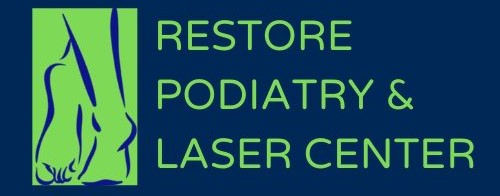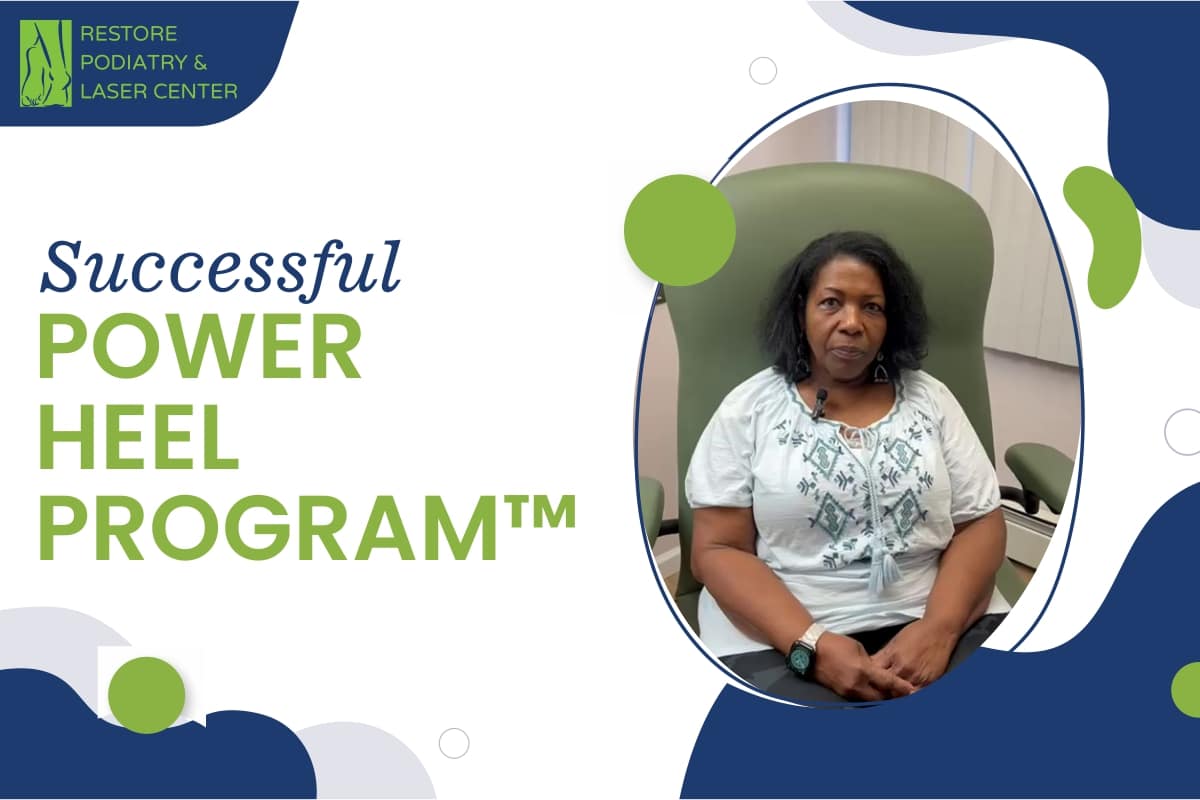Class 2 laser therapy devices provide low output energy through short wavelength beams of light. The theory behind this process is to provide the right amount of energy for enhancing and stimulating cell function while ensuring there is no damage to your cells or experiencing painful heat sensations.
This laser therapy provides patients suffering from this condition with a new treatment option. It is pain-free, non-invasive, and an effective solution that targets diabetic neuropathy while improving your quality of life. Its effects include reduction of inflammation, which can happen within hours to days, accelerated tissue regeneration, and pain relief.














